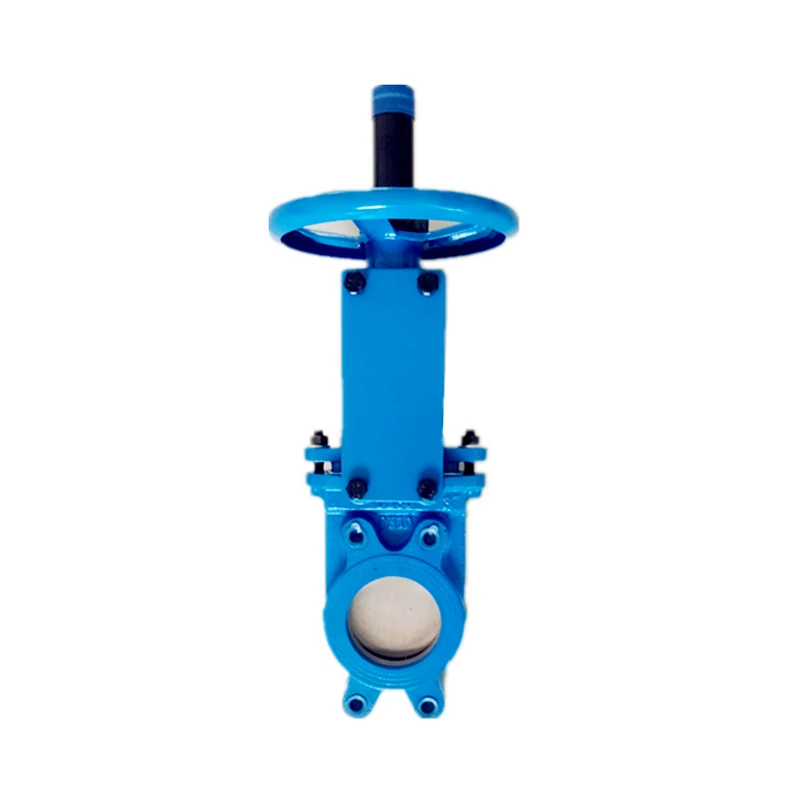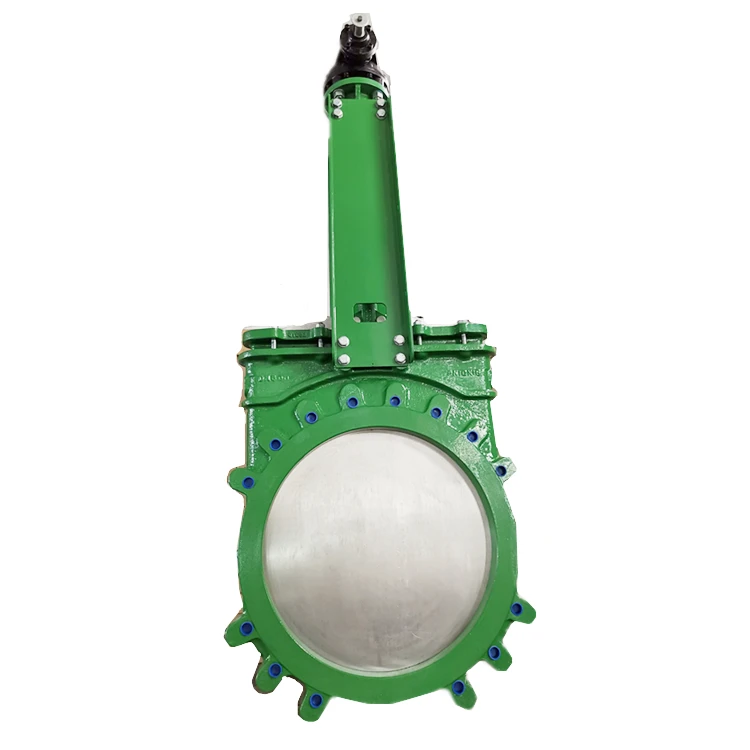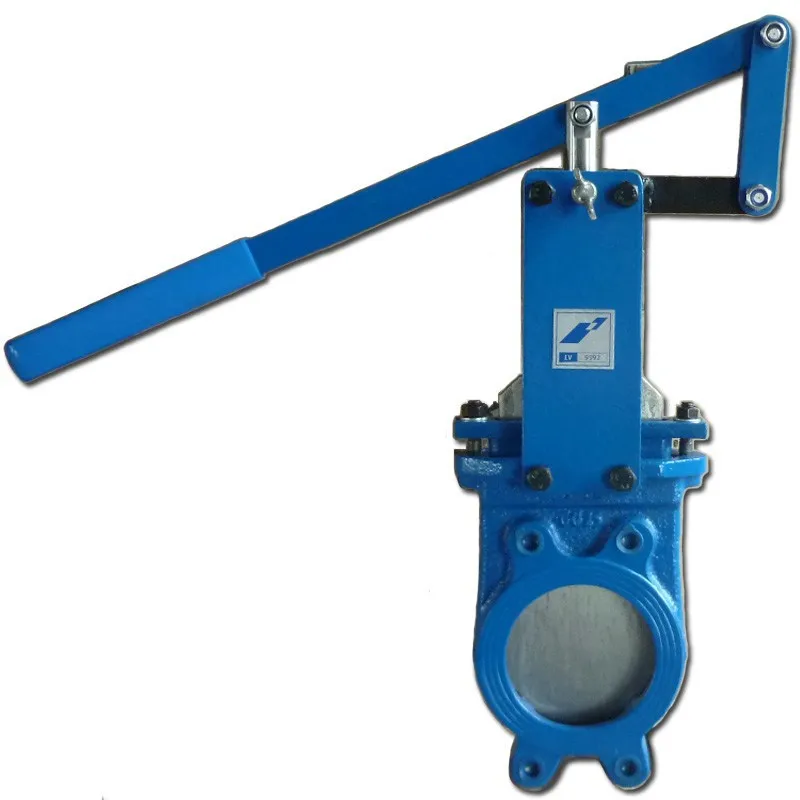A Comprehensive Guide to Knife Gate Valves and Distributors
Key Takeaways
Understanding knife gate valves is crucial for professionals in various industries. These valves, designed primarily for on-off control of slurry and thick liquids, operate effectively in applications involving pulp and paper, wastewater treatment, and mining. Unlike traditional gate valves, which utilize a wedge-shaped element to initiate flow, knife gate valves feature a flat gate that slices through the media. This design enables the effective handling of suspended solids, providing a robust sealing capability when closed.
The importance of distributors cannot be overstated; they play a vital role in providing access to high-quality DeZURIK knife gate valves and other reputable brands. Distinct from standard valve suppliers, distributors specializing in knife gate valves offer essential knowledge on product specifications, ensuring that customers choose the right valve for their needs.
Key differences between regular gate valves and knife gate valves warrant attention. While both serve the purpose of controlling flow, knife gate valves are particularly advantageous in applications involving dirty or viscous fluids due to their design that minimizes clogging risks.
Furthermore, features like EPDM sealing in knife gate valves enhance performance by providing superior resistance to harsh chemicals and temperature variations. This sealing material withstands rigorous operating conditions, ensuring long-lasting durability irrespective of environmental factors.
Understanding these attributes empowers professionals to make informed decisions when selecting fabricated C37S knife gate valves, ensuring optimal performance for specific applications.
Understanding Knife Gate Valves: An Overview of Features and Applications
Knife gate valves serve a specific and critical function in various industrial applications. Designed primarily for on-off service, these valves are particularly effective in handling slurries, liquids with solid content, and other challenging media. Their unique design features a sharp-edged blade that slides between two flanges to create a tight seal when closed. This mechanism reduces the risk of clogging, making them ideal for applications where flow control is essential.
The EPDM sealing option enhances the performance of knife gate valves by providing excellent chemical resistance and durability. This rubber material ensures a reliable seal across varying temperatures and pressures, which is vital in maintaining operational efficiency and preventing leakages. The DeZURIK knife gate valves stand out in the market due to their robust construction and high-quality material options that offer longevity and reliable operation.
Compared to traditional gate valves, knife gate valves feature a lower profile, which allows for easier installation in confined spaces. Their simple design contributes to ease of maintenance, as fewer moving parts reduce the likelihood of mechanical failure over time. Industries ranging from wastewater treatment to mining benefit from using these specialized valves due to their effectiveness in demanding environments.
The Fabric C37S knife gate valve exemplifies the efficiency that this equipment can provide, designed with both functionality and durability in mind. Adoption across these industries continues to grow as engineers seek solutions that promise reliability under strenuous conditions while adhering to cost-effective practices. Understanding the full scope of knife gate valve capabilities is essential for selecting appropriate solutions tailored to specific operational needs.
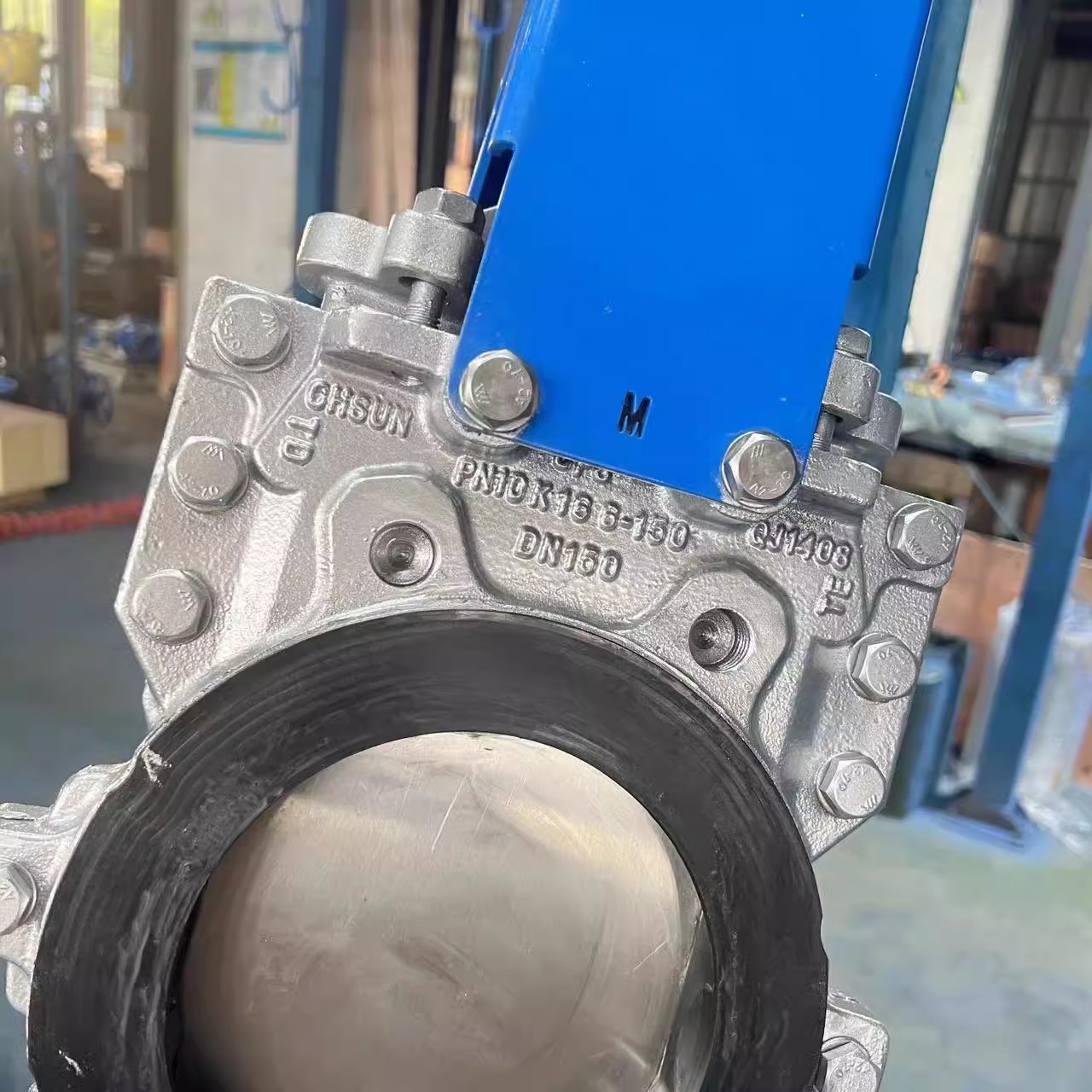
The Role of Distributors in the Knife Gate Valve Market
Distributors play a crucial role in the knife gate valve market by serving as intermediaries between manufacturers and end-users. They ensure that various valve products, including DeZURIK knife gate valves and the Fabric C37S knife gate valve, are readily available in diverse markets. Distributors often maintain extensive inventories, which helps to meet customer demands promptly. They provide valuable support through their industry knowledge and expertise, enabling clients to select appropriate products for specific applications.
Moreover, distributors facilitate efficient logistics in the transportation of these critical components. This impacts lead times significantly, allowing for faster project completions. By building strong relationships with manufacturers, they gain insights into new products and technologies, particularly those involving EPDM sealing for enhanced durability and reliability.
An effective distributor not only sells products but also educates customers about the technical aspects and advantages of different knife gate valves compared to traditional gate valves. Their ability to explain nuances, such as material choices and operational benefits, empowers customers to make informed decisions.
Feature | Knife Gate Valve | Gate Valve |
|---|---|---|
Design | Ideal for on/off services | Primarily used for regulation |
Sealing Mechanism | Knife-like blade cuts through media | Seat located between two flanges |
Flow Direction | Bi-directional | Generally unidirectional |
Maintenance | Easier maintenance due to simpler design | More complex due to internal components |
The importance of distributors extends beyond sales; they contribute actively to market dynamics by promoting advancements in technology, focusing on customer satisfaction. Their proactive approach helps identify emerging trends within the industry, ultimately benefiting both manufacturers and users of knife gate valves through improved quality and performance standards.
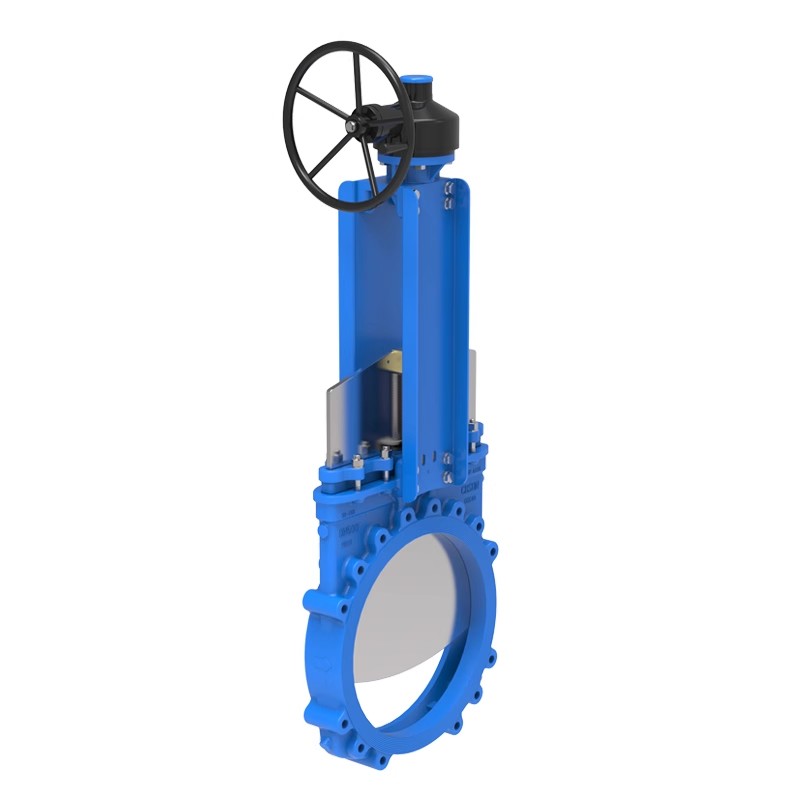
Comparing Gate Valves and Knife Gate Valves: Key Differences
The distinction between gate valves and knife gate valves primarily revolves around their design and functionality. Gate valves are traditionally used to start or stop fluid flow. They operate by raising a gate out of the path of the fluid, which provides a straight-through flow path and minimal pressure drop when fully open. However, they are not suitable for throttling; doing so may lead to erosion and damage over time.
In contrast, knife gate valves are engineered specifically for handling slurries, thick fluids, or materials with high solids content. The unique design features a sharp-edged blade that slices through the material, ensuring a clean cut and reliable sealing. This characteristic allows for effective sealing even in applications involving particulates or other challenging substances. Knife gate valves are often employed in settings like wastewater treatment plants or pulp and paper industries.
Another significant difference lies in the sealing mechanism. While standard gate valves utilize packing to create a seal, knife gate valves often incorporate mechanisms such as EPDM sealing, which provides enhanced durability against harsh chemical exposure. The nature of their construction allows knife gate valves to operate under conditions that might cause traditional gate valves to fail.
"Choosing the right valve type is essential for optimal operation in specific applications."
Understanding these differences can ensure proper selection based on application requirements, contributing to operational efficiency across various industries.
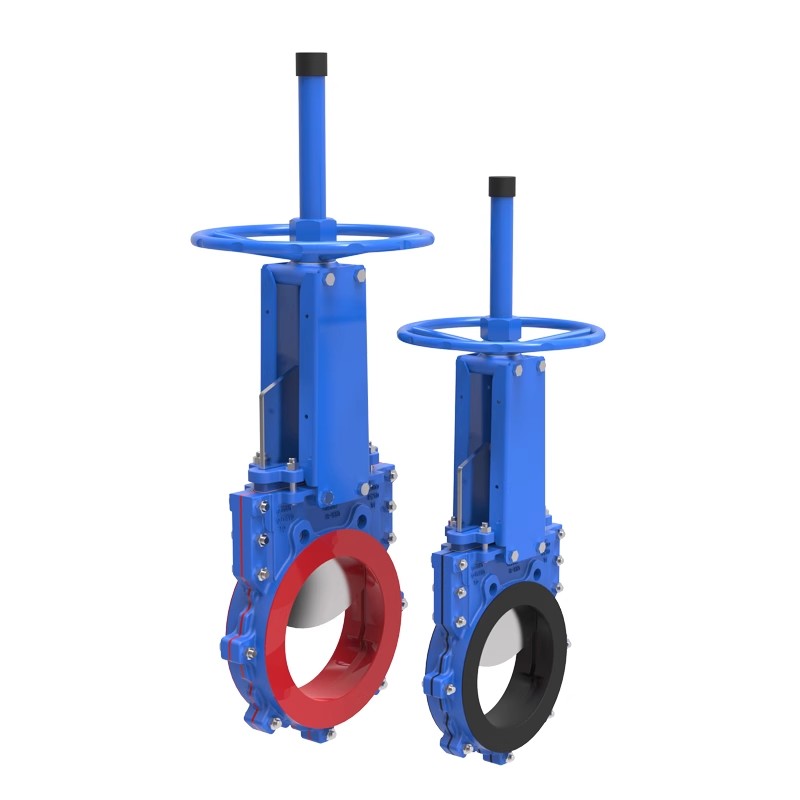
Examining EPDM Sealing in Knife Gate Valves: Benefits and Applications
EPDM, or ethylene propylene diene monomer, is a synthetic rubber widely utilized in the manufacturing of knife gate valves due to its exceptional resistance to heat, ozone, and various chemicals. The incorporation of EPDM sealing in knife gate valves offers numerous advantages that enhance their performance and durability in demanding applications. One significant benefit is the ability of EPDM to maintain its integrity under fluctuating temperatures and environments, making it suitable for both low and high-temperature applications. This property ensures that the seal remains intact, reducing the likelihood of leakage and ensuring a reliable shut-off mechanism.
Additionally, EPDM sealing contributes to improved performance in systems dealing with corrosive substances. Its resistance to chemicals enables knife gate valves equipped with EPDM seals to function effectively with various media, including water, steam, and certain acids. Manufacturers like DeZURIK specialize in high-quality knife gate valves featuring EPDM seals tailored for diverse industries including wastewater treatment, pulp and paper processing, and mining applications.
The use of these seals not only enhances operational efficiency but also extends the lifespan of the valve. The elasticity of EPDM allows for a tighter seal without excessive force during operation, hence minimizing wear on valve components. Furthermore, innovations like the Fabric C37S knife gate valve, which utilizes advanced design principles alongside EPDM sealing technology, demonstrate a commitment to developing robust solutions that withstand rigorous operational demands while promoting efficiency and reliability in fluid control systems.
Conclusion
Knife gate valves are indispensable components within many industrial applications, offering significant advantages in specific environments. Their design uniquely suits them for on-off applications, especially in situations dealing with slurries, wastewater, and other viscous materials. Unlike gate valves, which are primarily suited for fluid control and require some space to operate effectively, knife gate valves provide a slimmer profile and can efficiently handle solids suspended in liquid flows. The focus on sealing capabilities, such as those found in EPDM sealing knife gate valves, facilitates enhanced performance in environments with diverse chemical properties.
Distributors play a critical role in ensuring the availability of quality DeZURIK knife gate valves and models like the Fabric C37S knife gate valve. Their expertise aids users in selecting the right valve configurations according to specific operational requirements and environmental conditions. The range of features integrated into these products ensures optimal function while minimizing maintenance needs.
Understanding distinctions between these valve types is crucial for optimal application suitability. Engaging with knowledgeable distributors can guide procurement processes, assuring access to reliable products aligned with intended operational demands.
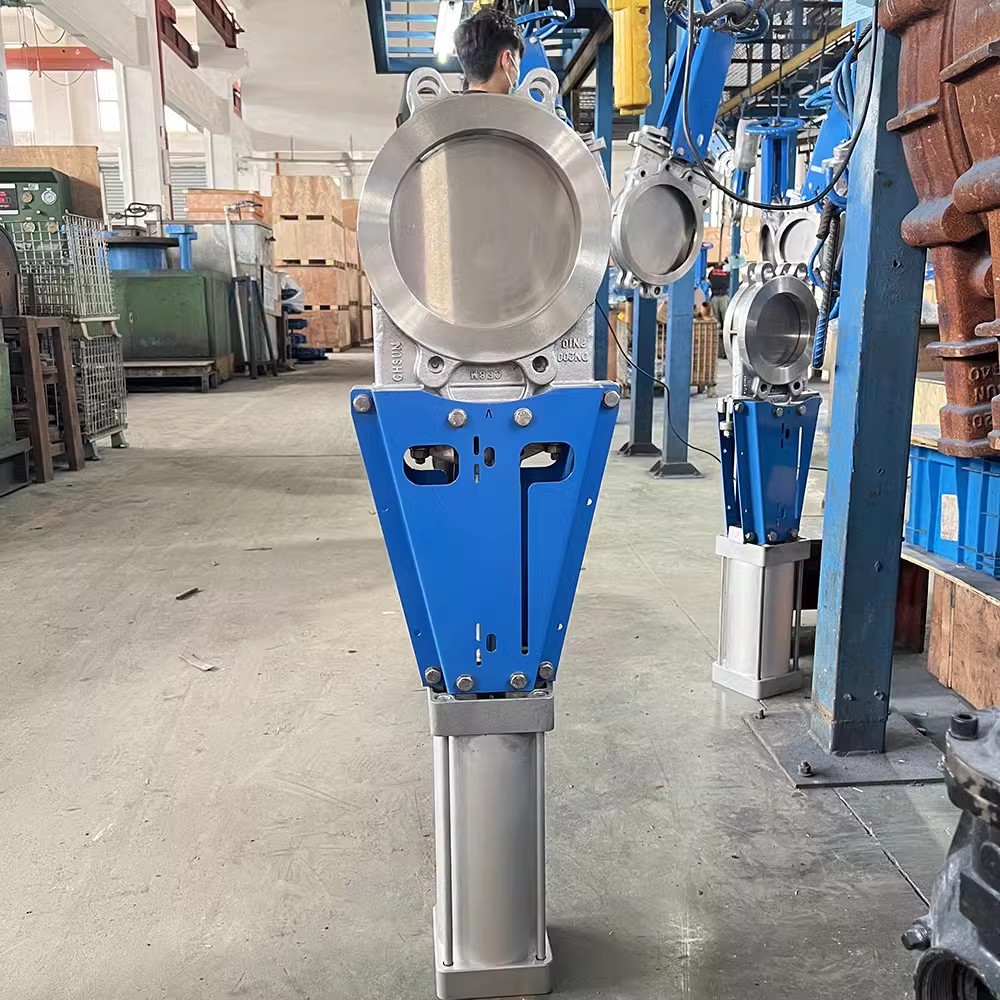
FAQs
What is a knife gate valve?
A knife gate valve is a type of valve used primarily in applications involving slurries, thick liquids, and bulk solids. Its design features a sharp-edged gate that slices through the material, ensuring effective sealing and operation.
What is the difference between a gate valve and a knife gate valve?
The main difference lies in their design and functionality. A gate valve typically offers linear flow control, providing less obstruction to flow when fully opened. In contrast, a knife gate valve is designed for on-off service in applications involving heavier materials, where its blade shape can better handle such substances.
Why are DeZURIK knife gate valves significant?
DeZURIK offers a range of high-performance knife gate valves, recognized for their quality construction and durability. Their products cater to various industrial needs, making them a trusted option among distributors and users alike.
What advantages does EPDM sealing provide for knife gate valves?
EPDM sealing enhances resistance to various chemicals, temperature fluctuations, and environmental conditions. This makes it an ideal choice for applications where reliability and longevity of seals are critical.
What features does the Fabric C37S knife gate valve offer?
The Fabric C37S knife gate valve is engineered for superior functionality in robust applications. Its design emphasizes durability while maintaining an efficient sealing mechanism, making it suitable for heavy-duty tasks.

